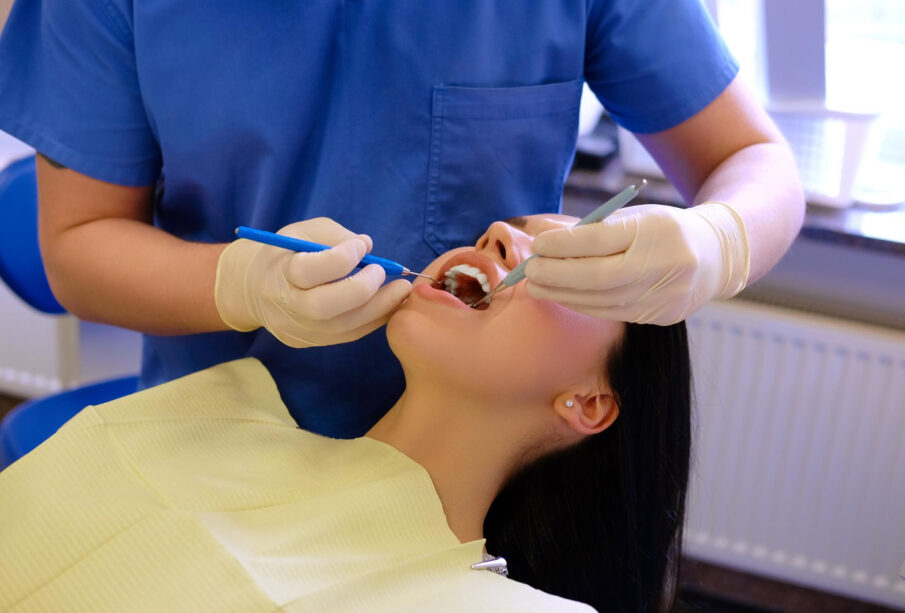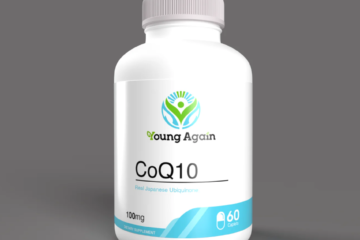Effective Steps for Tooth Infection Treatment: Causes, Symptoms, and Solutions

If you’ve ever experienced a toothache that just won’t quit, you might be dealing with something more serious than just a minor annoyance. Let’s walk through this journey together to understand the causes of tooth infection, how to recognize the symptoms, and what solutions we can implement for effective tooth infection treatment.
1. Identify Causes of Tooth Infection
Identifying the root cause—pun intended—of your tooth infection is the first step towards effective tooth infection treatment. So, what exactly causes a tooth infection? The answer is simpler than you might think: bacteria. Yes, the same tiny critters that help make yogurt and turn grapes into wine are also behind your tooth woes.
Poor dental hygiene: We’ve all had those nights when brushing our teeth feels like climbing Mount Everest. But consistently skipping on brushing and flossing can lead to a buildup of plaque, a sticky film of bacteria. Over time, this can lead to tooth decay and, eventually, infection.
Dental procedures: Ever had a filling or a crown that didn’t quite fit right? These dental restorations, if not done correctly, can leave gaps where bacteria can sneak in and cause infections.
Injury to the tooth: Accidents happen, and sometimes they can lead to chipped or broken teeth. If not treated promptly, these injuries can expose the inner part of the tooth—called the pulp—to bacteria, leading to infection.
A diet high in sugar: I know, I know. Who doesn’t love a good cookie or a fizzy soda now and then? But a diet high in sugar can feed the bacteria in your mouth, leading to tooth decay and infection.
A weakened immune system: Conditions like diabetes, HIV, or cancer treatments can weaken your immune system, making it harder for your body to fight off infections—including those in your teeth.
Alright, so we’ve identified the usual suspects behind tooth infections. But how do you know if that nagging toothache is actually a sign of infection? Let’s move onto the symptoms of tooth infections in the next section and get you one step closer to effective tooth infection treatment.
2. Recognize Symptoms of Tooth Infection
Now that we’ve done a deep dive into the possible reasons behind tooth infections, let’s talk about the red flags that should send you running — or at least briskly walking — to your dentist.
Persistent toothache: You’ve been popping over-the-counter painkillers like they’re candy, but your toothache persists. This could be a telltale sign of an infection. Don’t shrug it off as just another toothache — remember, early detection is key to effective tooth infection treatment.
Sensitivity to hot and cold: Does the thought of biting into a piping hot pizza or sipping a cold drink make you wince? Sensitivity to temperature extremes is another common symptom of a tooth infection.
Swelling in your face or cheek: This might sound like something out of a cartoon, but it’s no laughing matter. If you notice a swollen face or cheek, it could be a sign that your tooth infection has spread to your jaw.
Fever: When your body is fighting an infection, it can raise your body temperature as part of its defense mechanism. So if you’re feeling a bit hot under the collar, it could be more than just the weather.
Swollen and tender lymph nodes: Your lymph nodes, particularly those under your jaw or in your neck, may become swollen and tender to the touch. This is your body’s way of trying to fight off the infection.
Bad breath or a bad taste in your mouth: Trust your senses. If you notice a persistent bad taste in your mouth or if your friends are offering you mints more often than usual, it could be a symptom of a tooth infection.
Remember, the quicker you recognize these symptoms, the quicker you can start your tooth infection treatment. But don’t panic — we’re going to discuss solutions next. Stay tuned!
3. Implement Solutions for Tooth Infection Treatment
Okay, so you’ve spotted the symptoms — what next? Well, it’s time to roll up your sleeves and tackle the tooth infection head-on. Here’s how you can do it:
Dentist visit: The first step? Make an appointment with your dentist. They can diagnose the infection and prescribe the appropriate tooth infection treatment. They might take an X-ray or perform other tests to determine the extent of the infection.
Antibiotics: If the infection is severe or has spread to other parts of your body, your dentist might prescribe antibiotics. Antibiotics kill the bacteria causing the infection, helping your body to heal.
Root canal: Sounds scary, right? But it’s not as bad as it sounds. In a root canal procedure, your dentist will remove the infected pulp from inside your tooth, clean the area, and then seal it to prevent future infections.
Extraction: In extreme cases, the infected tooth might need to be removed to prevent the infection from spreading. But don’t worry, tooth extraction is a last resort and there are many ways to replace a missing tooth.
Good oral hygiene: Prevention is the best tooth infection treatment. Brush your teeth twice a day, floss regularly, and don’t skip your routine dental check-ups. Your future self will thank you.
That’s it! You’re now armed with the knowledge to fight tooth infections. Just remember, early detection and treatment can save you a whole lot of pain and trouble.










